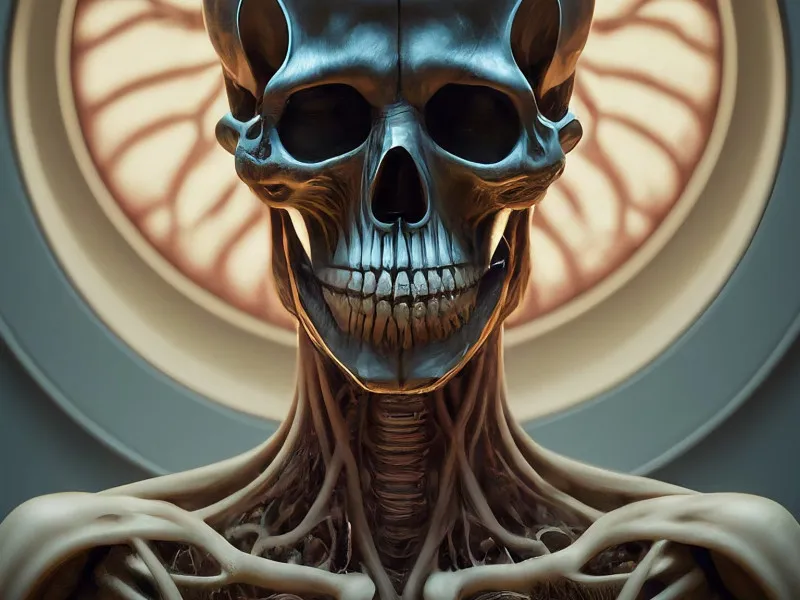
Magnetic Resonance Imaging (MRI) has revolutionised the way we approach medical diagnosis. This non-invasive technique has become indispensable in the field of orthopaedic surgery and sports medicine, offering unparalleled insights into the human body.
The journey of MRI in medical science is nothing short of remarkable. From its inception to its current advanced state, MRI has continuously evolved. It provides detailed images of the body’s internal structures, making it an invaluable tool for diagnosing a wide range of conditions, from joint injuries to spinal disorders.
In sports medicine, the role of MRI is particularly crucial. It helps in accurately diagnosing sports-related injuries, such as ligament tears and muscle strains. At MSK Doctors, we utilise MRI not only to diagnose but also to guide treatment plans, ensuring precise and effective care for our athletes.
One of the most significant advantages of MRI is its safety and precision. Unlike X-rays, MRI does not use ionising radiation, making it a safer option for repeated use. This aspect is particularly beneficial in monitoring the progress of treatment and rehabilitation in athletes.
MRI technology has also seen integration with artificial intelligence (AI) at our clinic. AI algorithms assist in enhancing the accuracy of diagnoses and in predicting outcomes. This integration exemplifies how technology is transforming medical care, particularly in orthopaedic and sports medicine.
Despite the advanced capabilities of MRI, the skill of the radiologist remains paramount. At MSK Doctors, our team’s expertise ensures that the full diagnostic potential of MRI is harnessed, providing patients with the most accurate and informative results.
Looking to the future, MRI is set to become even more integral in medicine. With ongoing advancements, we anticipate even greater precision and new applications in diagnosing and treating musculoskeletal conditions.
MRI has undoubtedly transformed medical diagnosis. In the realm of orthopaedics and sports medicine, its impact has been particularly profound, offering a window into the body’s inner workings and elevating the standard of patient care.
FAQ Section
Q1: What makes MRI different from other imaging techniques? A: MRI uses magnetic fields and radio waves to create detailed images of the body’s internal structures. Unlike X-rays, it doesn’t involve radiation, making it safer, especially for repeated scans. MRI provides more detailed images than other techniques, particularly for soft tissue.
Q2: Is an MRI scan painful? A: MRI scans are painless. The procedure involves lying still inside the scanner, which can be a bit noisy. Some patients might feel claustrophobic, but we provide support and guidance throughout the process.
Q3: How long does an MRI scan take? A: The duration of an MRI scan varies depending on the area being examined but typically lasts between 15 to 60 minutes. We ensure patient comfort and accuracy during the scan.
Q4: Can MRI assist in treatment planning? A: Absolutely. MRI not only aids in diagnosing conditions but also plays a crucial role in treatment planning. It helps in assessing the extent of an injury or disease and in monitoring the effectiveness of treatments.
